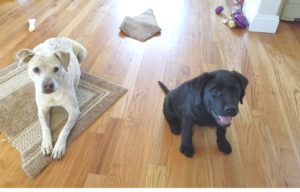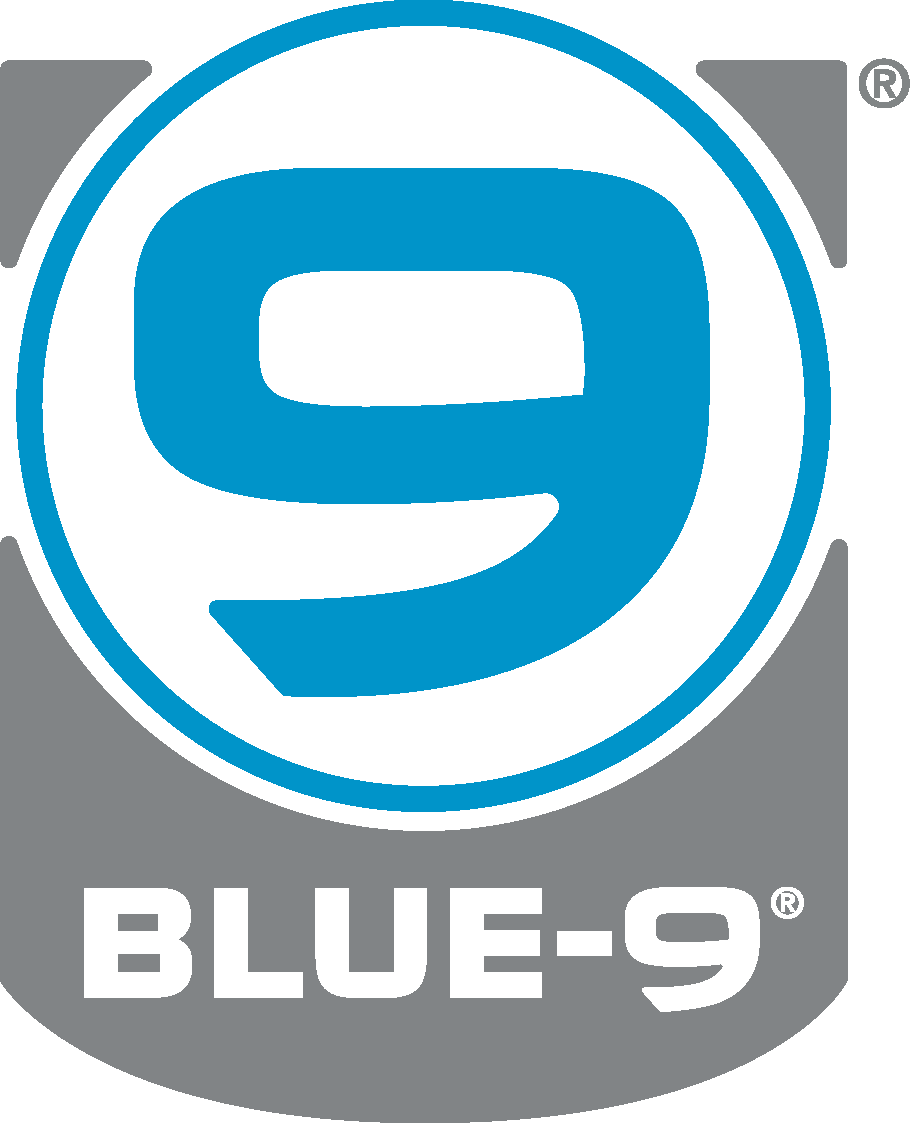Pro Trainer Tip: Don’t Train a Guessing Dog
“Puppy push-ups” are a popular exercise that started way back in the first positive puppy classes taught by Dr. Ian Dunbar in the 1980’s. The puppy push-up is a clever and effective sequence of 3 behaviors where the trainer uses a lure-and-reward method to teach pups how to Sit, Lie Down, and then Sit back up again from lying down.*
There is one aspect of this exercise that I teach trainers to beware of – chaining two behaviors together.
When you teach this, you should avoid going from a Sit cue directly to a Down cue. In other words, you want to avoid asking for Sit, and then following that with asking for Down next. If you do that repeatedly, you will end up training a dog that has a hard time discriminating between the Sit and Down cues. The dog will start to lie down every time you say Sit.

I like my dogs to know the difference between Sit and Down. Take the stress out of guesswork by examining how you train these two behaviors from the start.
Is this a big deal? Not really. But it presents an opportunity to be more of a pro trainer and work on clear discrimination (the dog knowing what Sit means, and what Down means – NOT guessing each time they hear the cue). You will get more accurate responses and it will be less stressful and confusing for the dog, too. That second factor will make your training sessions more effective – stressed/confused dogs don’t learn as fast and aren’t as eager to keep training with you.
There are a few good ways to solve the discrimination issue:
- Teach Down with the dog starting in a standing position and reward the dog for going directly from standing to Down. If he sits in between, you ignore that and wait for the Down, then reward.
- Request Down when the dog is already sitting (without having been cued to Sit) and reward those Downs.
- If you really want to ask for a Sit followed by a Down, always reward that Sit first, so the dog can more easily see the Sit as its own separate behavior. But, I avoid asking for Sit right before Down so that the two don’t get chained together.
- If you have a dog that is already confused between the two (don’t fret – this is very common), work on Sit and Down completely separately never mixing them together in the same session and reward every accurate response. Then, try a session where you ask for both behaviors in the same session, but not one right after the other. If you are very clear in your signals and consistent in rewarding the right response every time, your dog will begin to see a clear difference in which cue calls for which behavior.
Have fun helping your dog take the guesswork out of his cue responses. Discrimination is the mark of a professional team.
*I call sitting up from a down position “Push Up” because calling it Sit is confusing to the dog. It’s a totally different body movement from Sit. Sit is for the dog to drop his butt from a standing position. Push Up is to lift your front end up from a lying down position. Both behaviors end in a sit position, but they’re not the same action for the dog – and the cue should direct an action!
~
If you are fascinated by training, behavior and canine communication – you’ve come to the right place. Our community is “geeking out” on dogs in the best possible way: reward-based training and relationship-building across species.
CATCH courses and workshops go beyond basic obedience to help students work on advanced training concepts and help dogs that have behavioral issues. Many of our students turn their passion for dogs into newfound skills and use them to launch dream careers or fulfill a deep desire for a meaningful way to spend their free time. Get in touch with us to learn more about the ideal studies for you!






 Phone:
Phone: